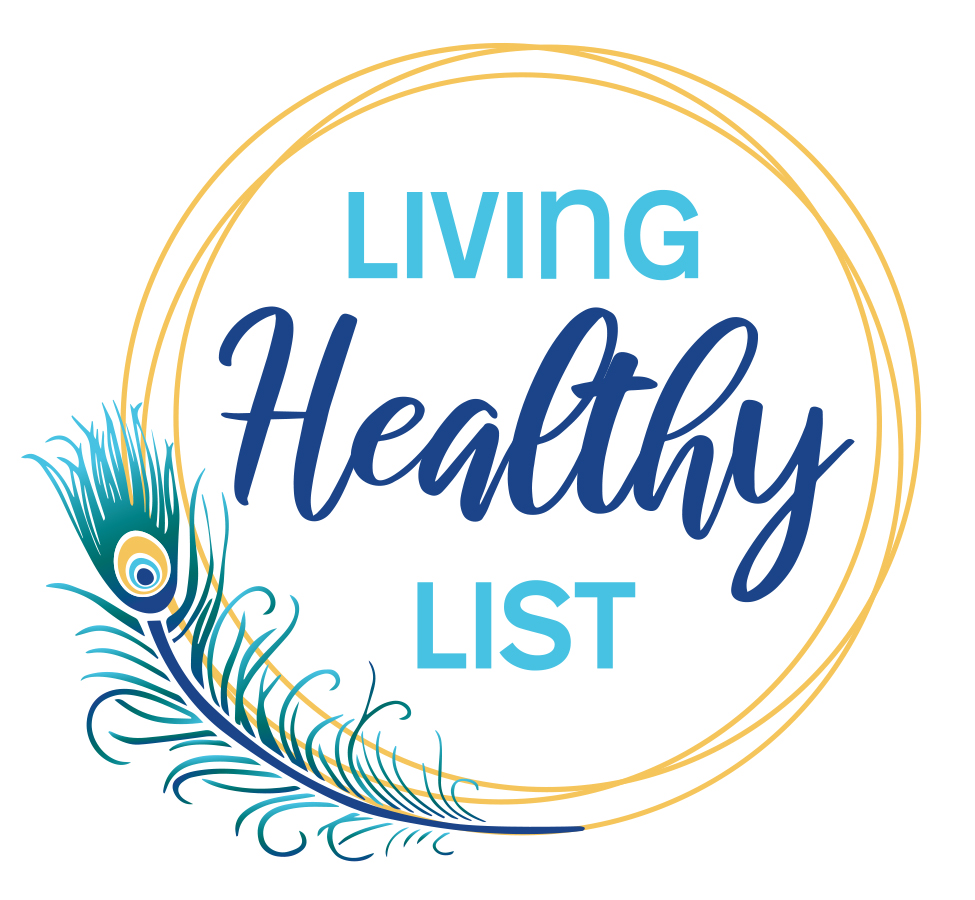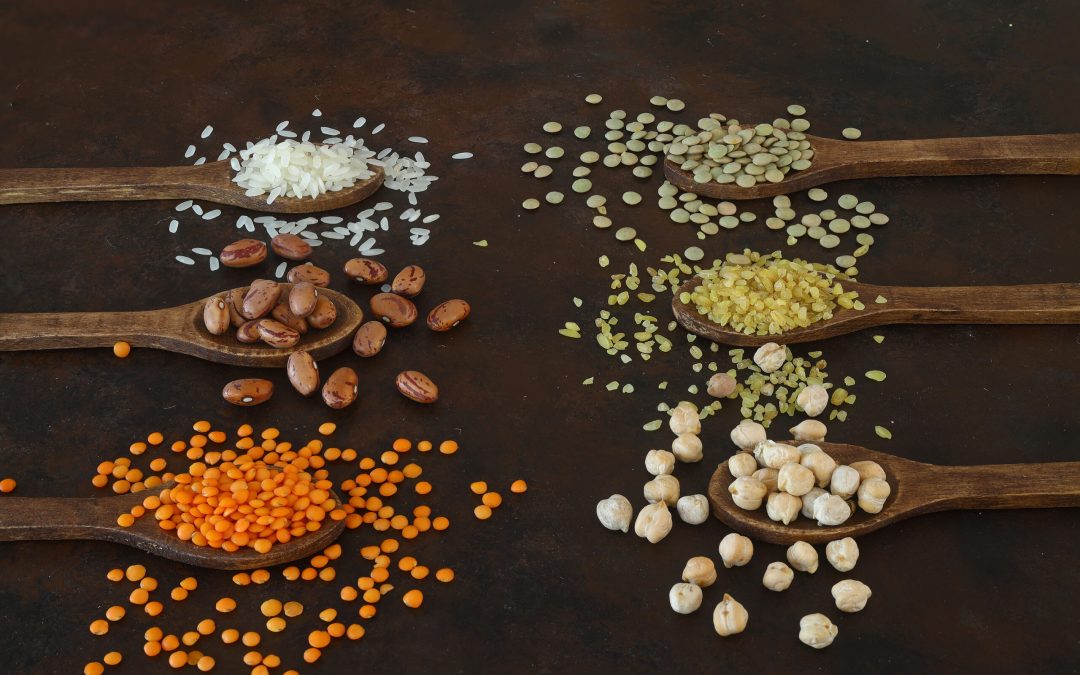Did you know that eating legumes can cause your autoimmune (AI) disease like psoriasis to get worse? Often beans are marketed as a healthy way to get protein in your diet, especially if you don’t eat meat. But for those of us with an AI disease, it’s not healthy and can cause it to get worse.
What Is Psoriasis and What Causes an Autoimmune Disease?
The American Autoimmune Related Diseases Association (AARDA) lists over 100 autoimmune diseases. Depending upon what you have, AI diseases exhibit themselves in very different ways. But they all have a couple of things in common.
AI diseases are typically inherited from one or both parents. You may not have had a parent with psoriasis, but you may have had one with rheumatoid arthritis, for instance. My father had psoriasis and so did his mother.
The other commonality between them is that an unhealthy gut microbiome (gut bacteria) leads to internal inflammation that the body tries to fight. Your immune system, which is designed to fight foreign invaders like viruses or bacteria, mistakenly attacks healthy parts of your body.
This is where the “auto” in autoimmune comes from. Auto, in this case, means “self”, just as an autobiography is a biography written by oneself.
In the case of psoriasis, the immune system attacks the underside of the skin called the dermis. This causes red, inflamed, itchy patches of skin. With rheumatoid and psoriatic arthritis, the immune system’s T cells attack the bone joints causing damage.
My wife had a very rare AI disease called vasculitis, in which her T cells attacked the blood vessels in her brain, causing stroke-like damage, leaving her permanently disabled.
What’s A Legume?
 Legumes are plants in the Fabaceae (or Leguminosae) family, and the fruit grows in a pod. You may be used to thinking about legumes like dried beans such as lentils, navy beans, split peas, and so on. But there are others that you might not think of, such as peanuts which is not a nut.
Legumes are plants in the Fabaceae (or Leguminosae) family, and the fruit grows in a pod. You may be used to thinking about legumes like dried beans such as lentils, navy beans, split peas, and so on. But there are others that you might not think of, such as peanuts which is not a nut.
Some other common legumes include soybeans, chickpeas (garbanzos), green beans, and peas (snap peas, green peas, sugar peas, etc.). See the complete list of legumes here.
Why Legumes May Not Be So Healthy After All
Like grains, legumes were the first crops that humans started to farm about 10,000 years ago. Legumes were not part of our regular diet before then when we were hunter-gatherers. Our DNA is not used to eating either grains or legumes, because we haven’t evolved much in the last ten millennia.
Legumes produce a protein called a lectin which binds to certain carbohydrates. Lectins are very concentrated in the seeds (i.e., the beans) of the plant, and some lectins are extremely toxic, such as ricin. Raw kidney beans have toxic levels of lectins, which is why they must be cooked.
Cooking and fermentation can largely inactivate the lectins. But studies have shown that lectins are highly resistant to digestion and can cause what’s known as leaky gut syndrome, causing AI diseases – such as psoriasis – to get worse.
My Own Recent Experience with a Psoriasis Flare-Up
Beans have never been a favorite of mine, and I rarely eat them. My body is probably telling me that I shouldn’t eat them.
But in late June, suddenly my psoriasis started flaring up all over my body. Argh!
My skin had been in near-complete remission for some time, although I had a very minor flare-up after my second COVID shot. So, this really frustrated me!
Thinking back, it finally dawned on me. In May, our local high school FFA had a fundraiser, and for $40 you could get a full smoked tri-tip dinner with all the fixings: salad, rolls, cookies, and you guessed it, baked beans!
The beans smelled so good, I couldn’t help myself, even though my brain was saying, “Tom, you shouldn’t be eating this!”
I ate them for three meals, then dumped the rest out, knowing full well that I was going to regret it.
Sure enough, like clockwork, one month later my skin started blooming. I’ve figured out that it takes about one month of consuming something on the forbidden list to show up on my skin. It’s now August, and my skin has mostly settled back down again. My fingernails and toenails – which grow much slower – are still recovering.
Sigh. Lesson learned!
Watch For Hidden Legumes and Byproducts
You need to become adept at reading labels and watch for unwanted legume ingredients that have been included. Chickpea flour is a common ingredient in gluten-free foods, for instance. It may be listed as gram flour, chickpea powder, besan, or cici bean flour, and it’s popular in Indian and Middle Eastern foods like hummus and falafel.
I avoid anything that’s been made with soy or soybean oil as well. Most of the commercial mayonnaises are made with soybean oil. It took a bit of hunting, but I found a mayo made with avocado oil, called Primal Kitchen that the larger grocery stores like Safeway and Whole Foods carry. It’s quite tasty, and I know I’m safe with it.
I learned an uncomfortable lesson a couple of months ago that I need to listen to my body. If I’m careful what I put in my mouth, my skin will heal, and I’ll feel so much better! Learn more about me and how I can help by clicking here!

Thomas Petty has had psoriasis, an autoimmune disease, his entire life and was diagnosed at an early age. After several decades, he became frustrated by the lack of results from traditional options that were offered by his own physicians. He started researching other methods of controlling his skin, and after ten years of reading, researching and experimentation – by healing his gut – he has gotten his skin 99% clear and into almost complete remission.
Coincidentally, his wife became seriously ill (and subsequently permanently disabled) because of a mystery illness that all the king’s horses and all the king’s men couldn’t figure out. He immersed himself in researching medical conditions, especially other autoimmune (AI) diseases. His wife’s own extremely rare AI disease took the best minds in the field, brain surgery and ultimately over three years to diagnose.
After implementing the changes that Tom had discovered for himself (which the doctors scoffed at), her own AI disease has gone completely into remission and has never returned.
His passion is helping people to get their autoimmune disease into a better state or even into remission.
Thomas lives in the San Francisco Bay Area in California with his wife, Joanne, of over 20 years, and he has two adult step-daughters.
He has been a web designer and online marketer for over 15 years and been involved with technology for over 30 years, including a two-decade IT career at a Fortune 100 company.

